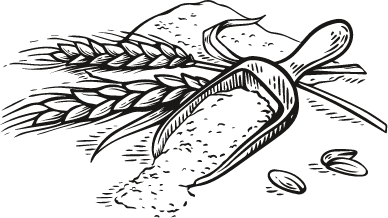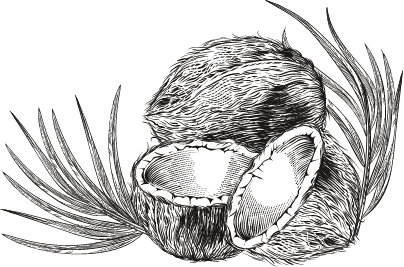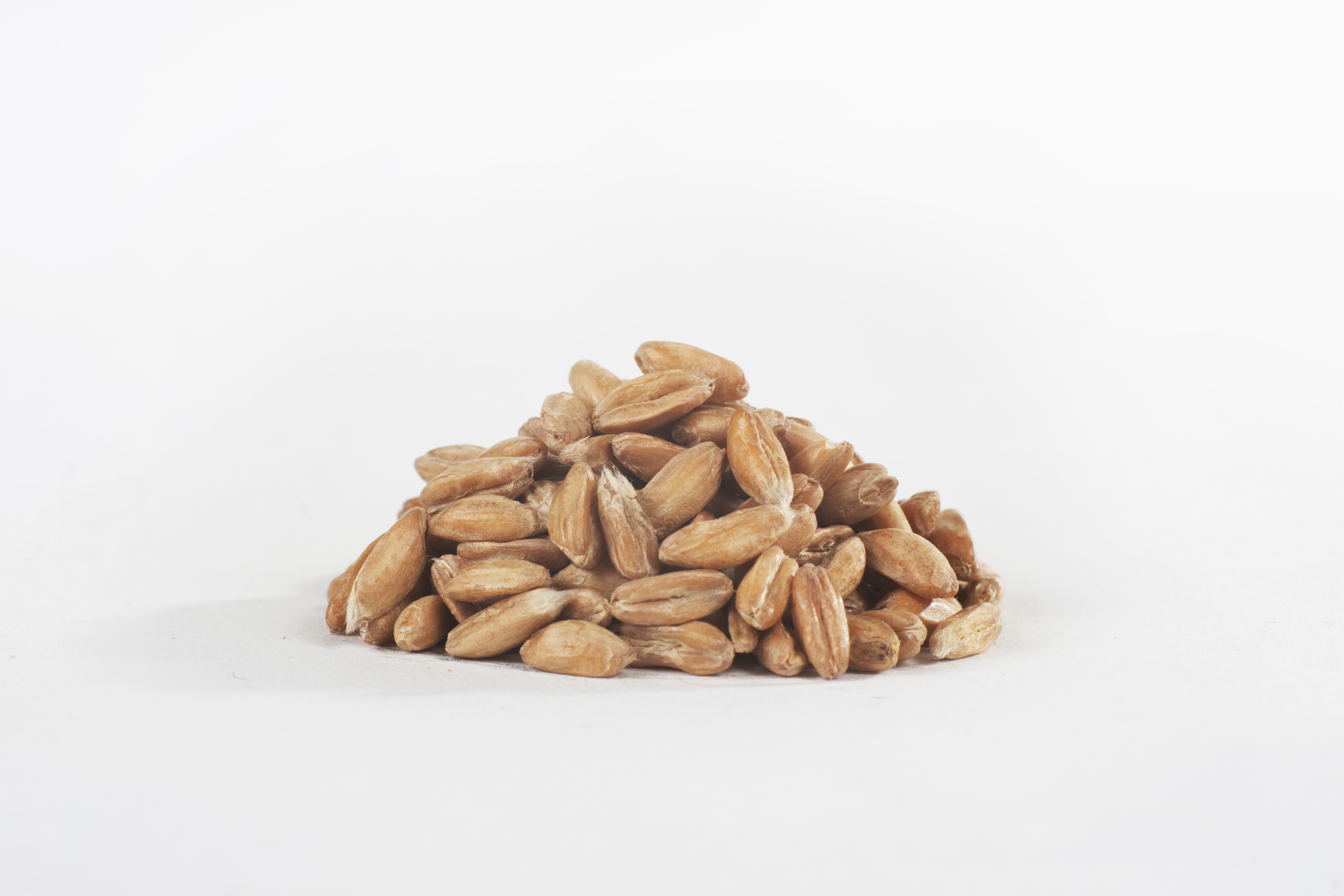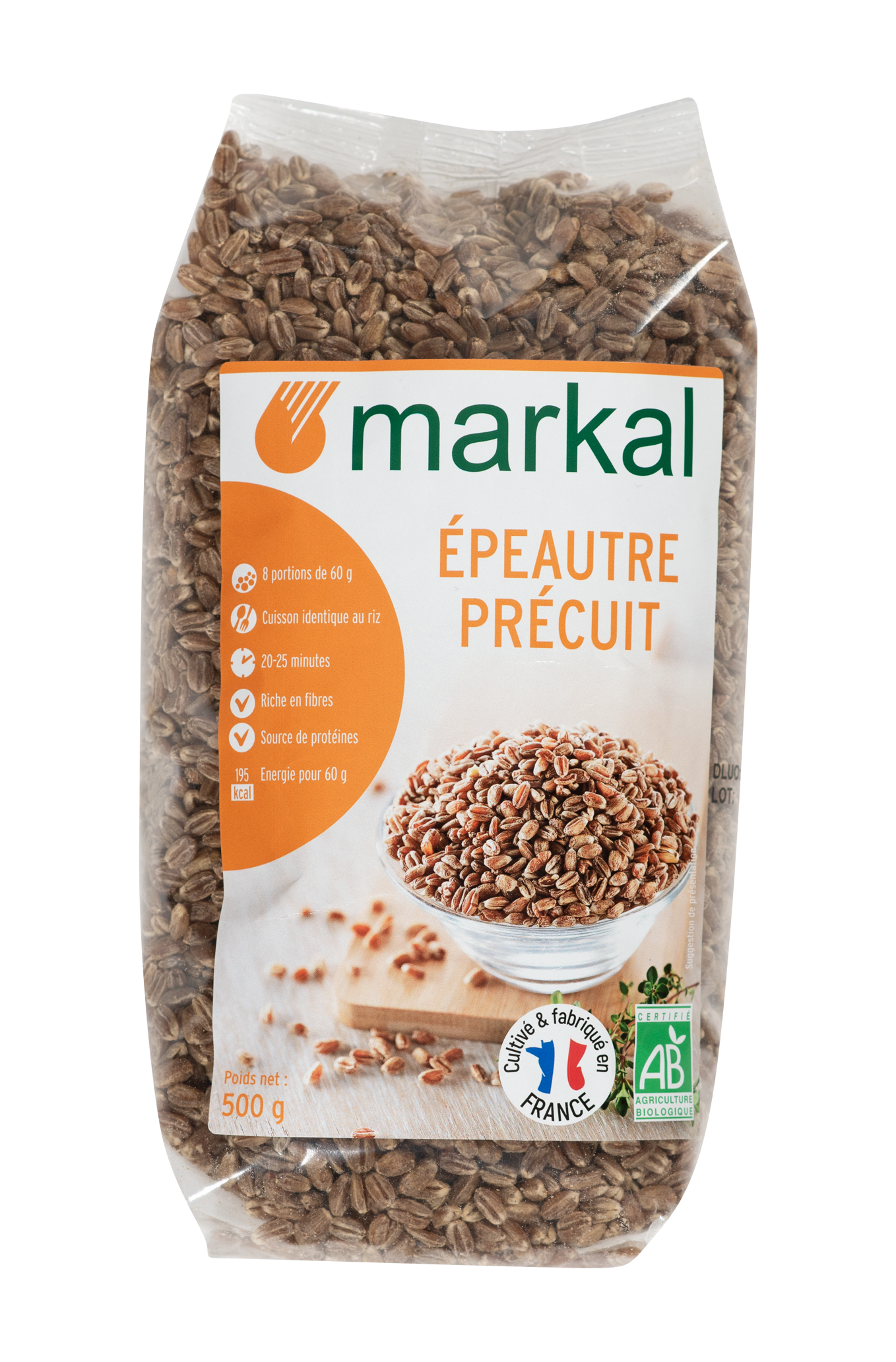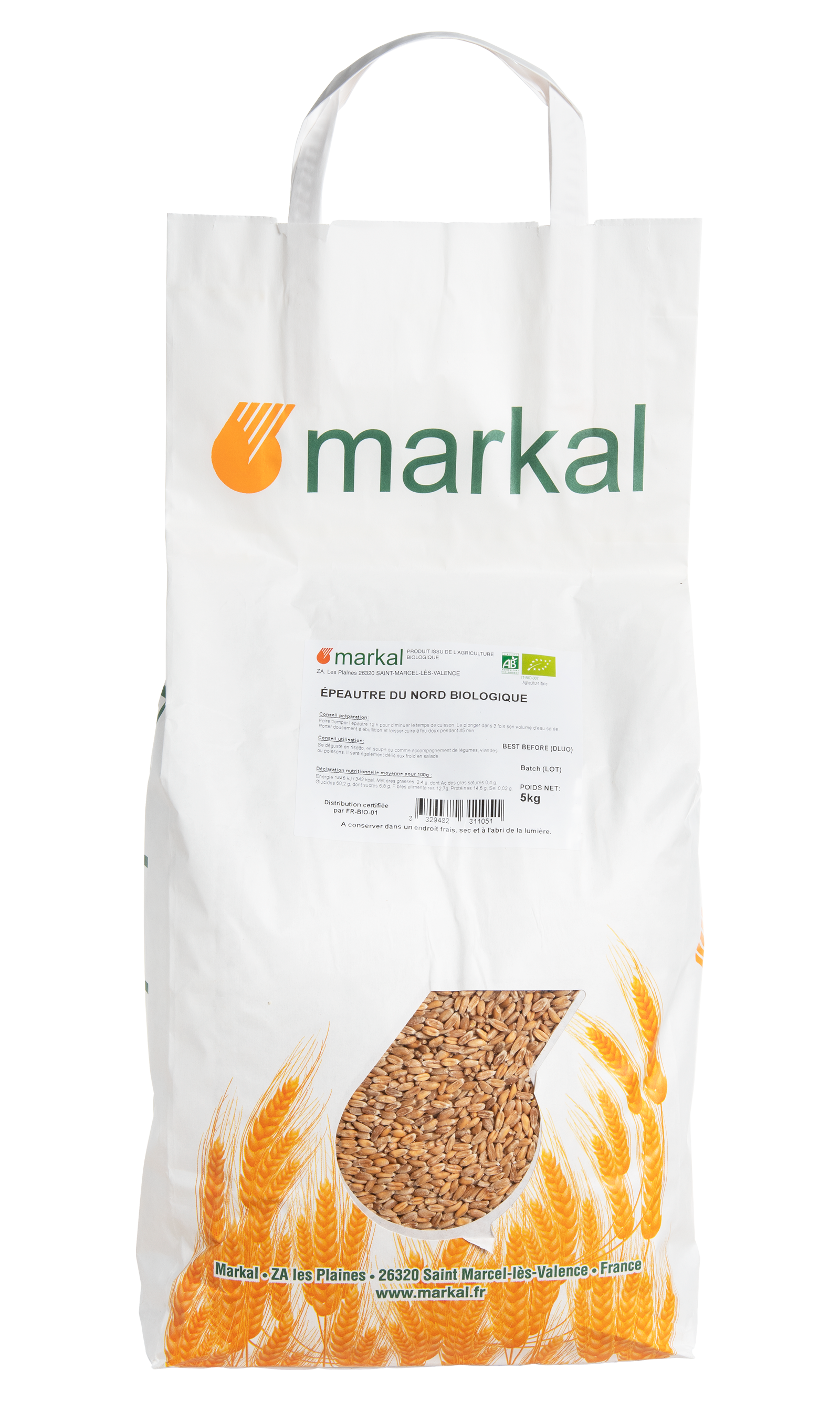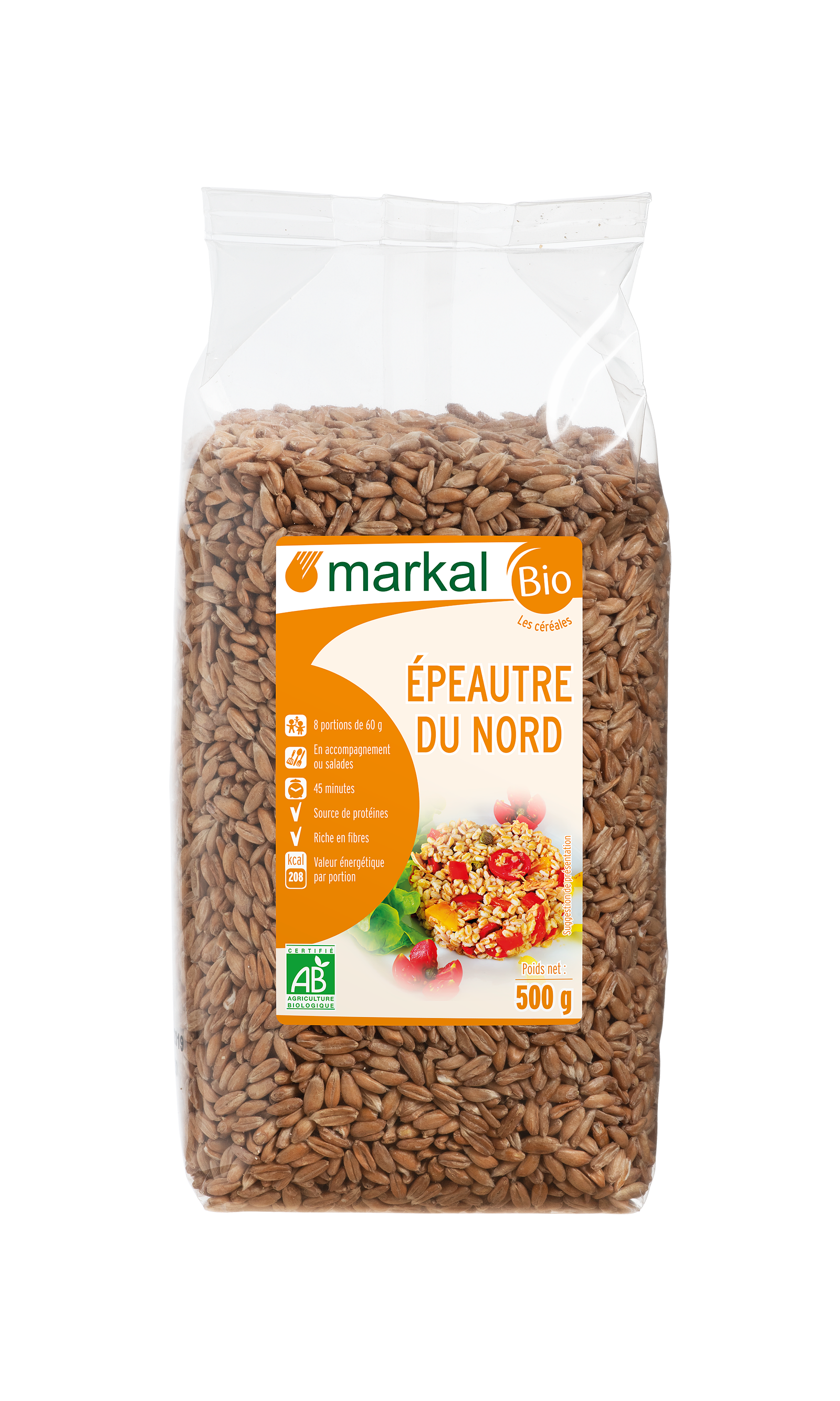Northern spelt
History
Some grain species close to common wheat are called "husk" because the grain remains covered with its bale (envelope) at harvest.
Husk wheats are commonly called spelt, the term encompassing three species: the einkorn wheat, the Tartarie spelt and the spelt or northern spelt.
It is a hexaploid species (6 copies of each chromosome, after hybridizations), quite different from the einkorn (be careful, confusion between both is frequent). Spelt is rich in fibre. The northern spelt MARKAL is pre-cooked.
Portrait
Hildegarde de Bingen, as early as the 13th century, praised it as the food of joy: richer in protein and fibre than wheat, speltis very used in dishes. In whole grain, soak it to reduce its cooking time.
Derivatives In flour, semolina, bulgur or flakes.
Origin
It would have come from the cross-breeding between starch and soft bare-grained wheat in Central Europe 2,000 B.C.
Usage
To reduce cooking time, soak the spelt for 12 hours. Rinse the spelt then place it in 3 times its volume of lightly-salted water. Slowly bring to the boil then reduce to a simmer and cook for 45 minutes. Spelt can be eaten in risotto, soup or as a side dish to vegetables, meat or fish. It's also delicious when consumed cold in salads. Keep in a cool, dry and dark place.




